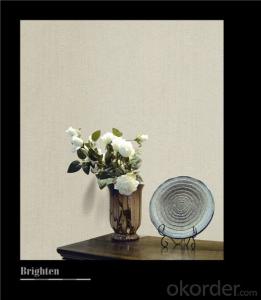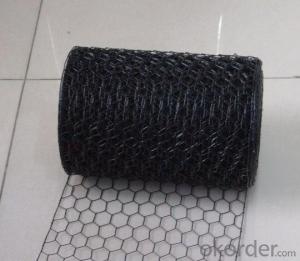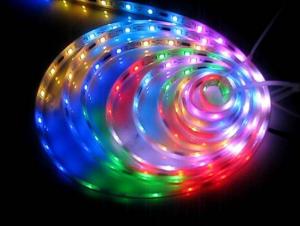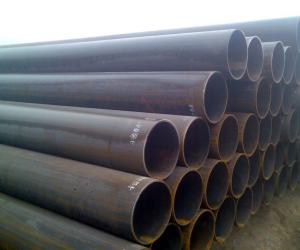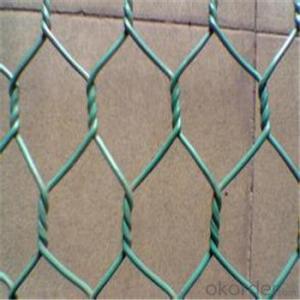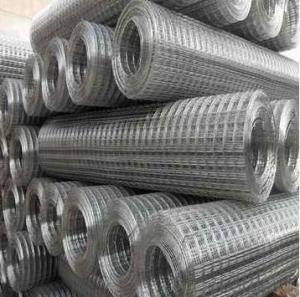Aluminum Plate 1/4 Inch Thick
Aluminum Plate 1/4 Inch Thick Related Searches
Led Light Bulbs For Ceiling Fixtures Led Lamps For Ceiling 42 In Ceiling Fan With Light Aluminum Coil Stock For Gutters Aluminum Foil For The Grill Hole Saw For Aluminum Plate Aluminum Tread Plate For Trailer Bow Plate For Aluminum Boat Aluminum Foil For Grow Room Aluminum Foil For Joint PainHot Searches
Stock Price For Aluminum Aluminum Coil Stock For Sale Aluminum Gutter Coil For Sale Used Aluminum Scaffolding For Sale 1/4 Aluminum Plate For Sale Aluminum Bar Stock For Sale Aluminum Round Stock For Sale Aluminum Diamond Plate For Sale Aluminum Scaffolding For Sale Craigslist 6061 Aluminum Plate For Sale Aluminum Dock Plate For Sale 7075 Aluminum Plate For Sale Aluminum Tread Plate For Sale Aluminum Checker Plate For Sale Aluminum Plate For Sale Near Me Plate Aluminum For Sale Aluminum Plate For Sale Aluminum Square Stock For Sale Aluminum Flat Stock For Sale Billet Aluminum Stock For SaleAluminum Plate 1/4 Inch Thick Supplier & Manufacturer from China
Okorder.com is a professional Aluminum Plate 1/4 Inch Thick supplier & manufacturer, offers integrated one-stop services including real-time quoting and online cargo tracking. We are funded by CNBM Group, a Fortune 500 enterprise and the largest Aluminum Plate 1/4 Inch Thick firm in China.Hot Products
FAQ
- My aluminum storm windows are wasting energy in my home, however, the $7000 estimate to replace them is beyond (well beyond) my comfort zone.I know aluminum is a great conductor of hot and cold. I was considering cleaning the frames, and then coating them with a brush on clear or possibly white liquid rubber to reduce the conductivity. Any idea as to how much benefit I'll realize? Is flammability going to be an issue?I need some solid answers please. Trolls go get your two points elsewhere.Thanks.Your help is much appreciated.
- Plastic coating will not stick to aluminum well. You will have to sand it first then use a aluminum metal primer. This is very labor intensive and you would be better off making new frames from wood or vinyl
- Yes, aluminum sheets are suitable for pharmaceutical applications. Aluminum is a widely used material in the pharmaceutical industry due to its various beneficial properties. Firstly, aluminum sheets are lightweight and have excellent corrosion resistance. This makes them ideal for packaging pharmaceutical products as they can protect the contents from external factors such as moisture, light, and oxygen, which could potentially degrade the quality of the medication. Additionally, aluminum sheets can be easily formed into different shapes and sizes, allowing for customization in packaging design. They are also available in various thicknesses, providing options for different types of pharmaceutical products, from tablets and capsules to liquid medications. Furthermore, aluminum sheets have a high barrier property, effectively preventing the transfer of odors, flavors, and contaminants. This ensures the integrity and safety of the medication throughout its shelf life. Moreover, aluminum is a non-toxic material, which means it does not react with drugs or alter their composition. This makes it a suitable choice for pharmaceutical applications, where maintaining the purity and stability of the medication is crucial. In conclusion, aluminum sheets are highly suitable for pharmaceutical applications due to their lightweight, corrosion resistance, barrier properties, and non-toxic nature. They provide efficient protection and preservation of pharmaceutical products, ensuring their quality and safety.
- Aluminum plate thickness 3 mm, what is the allowable error in the national standard thickness?
- The allowable deviation of plate thickness in GB/T3880.3-2006 "general industrial aluminum plate, strip and Aluminum Alloy third part:" size deviation provisions, I have the standard download URL sent to you a message, please check.The deviation is divided into ordinary and high level, +0.10, -0.12
- Indeed, it is possible to anodize aluminum sheet. Anodization, an electrochemical process, fortifies the natural oxide layer on the aluminum's surface, resulting in increased thickness, durability, and suitability for diverse applications. The procedure entails submerging the aluminum sheet into an electrolyte solution and passing an electric current through it. This prompts the release of oxygen ions from the electrolyte, which then combine with the aluminum, generating a fresh layer of aluminum oxide. Anodization allows for the creation of an array of colors on the aluminum sheet's surface, enhances its resistance to corrosion, and provides an improved surface for the adhesion of paints or coatings.
- I have an aluminum block engine in my wakeboard boat which is built for the lakes, now i live on salt water and was wondering the effect saltwater would have on the engine block as water goes through to cool it.
- it will eat it up... install a heat exchanger
- Aluminum sheets can be embossed using various techniques, each with its own distinct process and result. Some commonly employed methods are: 1. Mechanical Embossing: To create patterns or designs on the aluminum sheet, mechanical tools like rollers or presses are utilized. The sheet is either passed through the rollers or pressed against a surface with a pattern, which impresses the design onto the metal. Mechanical embossing is ideal for repetitive patterns like diamond or checkerplate designs. 2. Chemical Embossing: This technique involves etching or engraving the aluminum sheet using chemical solutions. The solution is selectively applied to the metal's surface, eating away the desired areas to leave an embossed pattern. Chemical embossing enables the creation of intricate and detailed designs on the aluminum sheet. 3. Heat Embossing: By applying heat, embossed designs are formed on the aluminum sheet. A heated die or stamp is pressed onto the metal's surface, causing it to deform and create the desired pattern. Heat embossing is commonly used for raised logos or text on aluminum sheets. 4. Laser Embossing: Laser technology is employed to achieve embossed designs on aluminum sheets. A laser beam is directed onto the metal's surface, vaporizing or melting the desired areas to form the embossed pattern. Laser embossing offers high precision and allows for intricate and complex designs. 5. Roll Embossing: In this method, the aluminum sheet is passed through a series of engraved rolls, which imprint the desired pattern onto the metal. Each roll has a distinct design, providing a range of embossed finishes. Roll embossing is often used for textured or decorative finishes on aluminum sheets. In conclusion, the various techniques for surface embossing aluminum sheets offer multiple options for creating visually appealing and unique designs. The choice of method depends on the desired outcome, complexity of the design, and specific project requirements.
- The typical formability of aluminum sheets is generally considered to be excellent. Aluminum is a highly malleable metal, meaning it can be easily shaped or formed into various designs without cracking or breaking. This characteristic makes aluminum sheets highly desirable for a wide range of applications, including automotive body panels, aircraft components, and household appliances. Additionally, aluminum has good ductility, which allows it to be stretched and bent without losing its structural integrity. However, it is important to note that the formability of aluminum sheets can vary depending on the alloy composition, thickness, and processing conditions. Therefore, it is essential to consider these factors when choosing the appropriate aluminum sheet for a specific application.














